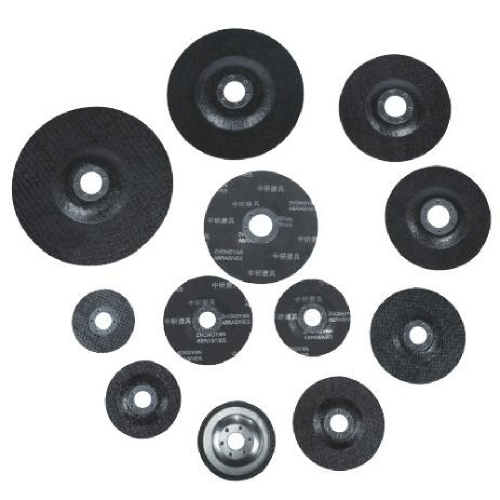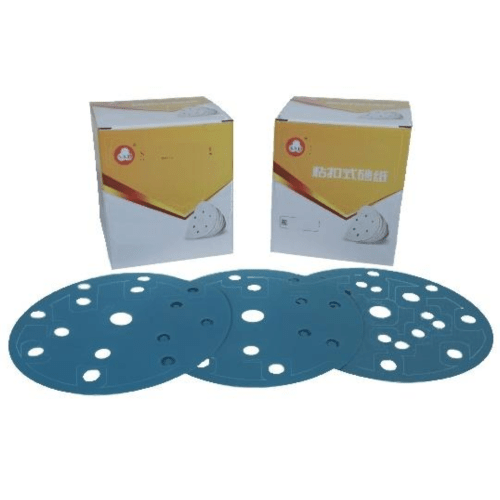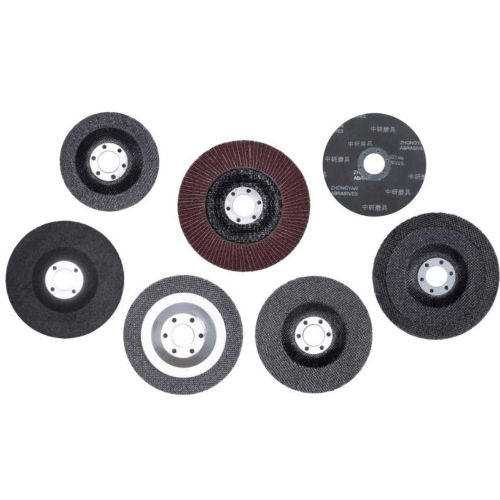wheel low temperature resistance
Wheel low temperature resistance is a crucial engineering characteristic that ensures optimal performance and reliability of wheels in cold environments. This specialized property enables wheels to maintain their structural integrity, mechanical properties, and functionality even when exposed to extremely low temperatures. The technology incorporates advanced materials science and innovative manufacturing processes to create wheels that resist brittleness, cracking, and degradation in sub-zero conditions. These wheels are engineered with specific polymer blends and reinforcement materials that maintain flexibility and durability at temperatures well below freezing. The manufacturing process includes precise thermal treatments and quality control measures to ensure consistent performance across varying temperature ranges. Applications span across multiple industries, including arctic transportation, cold storage facilities, outdoor industrial equipment, and winter sports vehicles. The wheel low temperature resistance technology addresses critical safety concerns by preventing material degradation and maintaining proper shock absorption capabilities in cold conditions. This feature is particularly vital for vehicles and equipment operating in polar regions, winter construction sites, and refrigerated warehouses where standard wheels might become brittle and unsafe.


